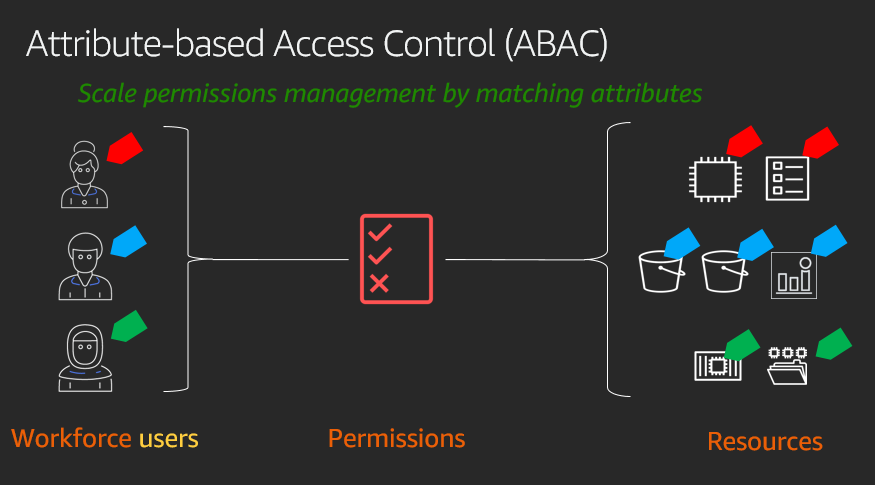Chat GPT: Revolutionizing Conversational AI with Advanced Language Modeling
Chat GPT is an AI language model created by OpenAI. Its development is the result of years of research in the field of natural language processing and machine learning.
The origins of Chat GPT can be traced back to OpenAI’s earlier work on the GPT (Generative Pretrained Transformer) series of language models. The GPT models were designed to learn from large amounts of text data and generate human-like responses to text prompts.
Chat GPT was created by building upon the success of the GPT models and further refining them for conversational AI applications. It was trained on a vast corpus of text data from the internet, books, and other sources.
The training process for Chat GPT involved feeding it massive amounts of text data and using advanced machine learning algorithms to fine-tune its language generation capabilities. The result is a language model that can generate coherent and contextually relevant responses to a wide range of conversational prompts.
Chat GPT’s birth is the result of years of research and development in natural language processing and machine learning, culminating in the creation of an AI language model that can hold human-like conversations with users.

Origins of Chat GPT
The roots of Chat GPT can be traced back to the development of Generative Pre-trained Transformer (GPT), an artificial neural network architecture created by OpenAI in 2018. GPT was designed to generate human-like text by training on a vast corpus of language data. The model uses unsupervised learning to identify patterns in the data and build a language model that can generate coherent and fluent sentences.
Building on the success of GPT, OpenAI released GPT-2 in 2019. This new model was larger and more powerful than its predecessor, with 1.5 billion parameters and the ability to generate highly convincing text. However, due to concerns about the potential misuse of the technology, OpenAI initially limited access to GPT-2 and only released a smaller version of the model to the public.
The Development of Chat GPT. In 2020, OpenAI announced the release of a new conversational AI model called Chat GPT, which was specifically designed to generate text in response to user input. Chat GPT is based on the GPT-3 architecture, which has a staggering 175 billion parameters and is considered one of the most powerful AI models in existence.
One of the key features of Chat GPT is its ability to engage in highly engaging and human-like conversations with users. The model is trained on a vast corpus of conversational data and can generate responses that are contextually appropriate and highly convincing. Chat GPT can also perform a wide range of tasks, including answering questions, making recommendations, and providing personalized content.
The Advancements and Breakthroughs of Chat GPT: Since its release, Chat GPT has continued to evolve and improve, thanks to ongoing research and development efforts by OpenAI. In 2021, the company announced the release of GPT-4, which promises to be even more powerful than its predecessor.
One of the most significant breakthroughs of Chat GPT has been its ability to generate coherent and fluent text that is almost indistinguishable from human writing. This has opened up a range of new applications for conversational AI, including virtual assistants, chatbots, and customer service automation.
Another major advancement of Chat GPT is its ability to learn from human feedback and improve over time. The model can be fine-tuned to perform specific tasks or to generate text in particular styles or voices. This has made Chat GPT a highly versatile and adaptable technology that can be customized to meet the needs of a wide range of applications and industries.










